You are here
Stand-up paddleboarding, or SUPing, has boomed exponentially as a popular water sport over the last 10 years. It was relatively unheard of until then, but now everyone from the serious endurance athlete to the casual paddler has learned to love this activity. It’s an extremely accessible sport, and it is universally enjoyable for folks that see it as a workout or a mellow activity to do with friends.
SUPing is a great workout that utilizes a lot of core strength, which means it’s great for cross training if you are a runner, skier, cyclist, or any other adventure athlete. It’s also a great way just to experience the outdoors, however, so don’t be afraid to dive into this sport to get out on the water.
If you visit popular recreation destinations like Lake Tahoe, you will be able to rent a paddleboard and get outfitted with no problem. The basic necessities include the board itself, a paddle, a PFD (personal flotation device, or lifejacket), and a leash. While some paddlers neglect the leash and PFD, it is highly recommended not to skip these important safety items. In most places it is required by law to at least have a PFD on hand if you are out on the water. A leash is important because if you fall off the board, your momentum will often send it shooting in the opposite direction. Even strong swimmers have found themselves in trouble this way. It’s a good idea to research wind and weather conditions before heading out for a paddle, as well.
There are several basic types of paddleboards. If you are in the market, it’s good to think pretty extensively about what board is best for you and your needs before purchasing.
- Surf-specific boards are the closest to your traditional surf boards and are designed to help you catch a wave.They are typically fairly short with tapered ends.
- The next size up would be the all-around board, which is longer but still versatile in the waves. They are a great go to if you aren’t sure where to start.
- Touring boards, on the other hand, are built for speed. They are a little more tippy, a lot longer and narrower, and they are usually made of a light weight and more delicate material. The first time you paddle one of these you will feel like you are flying across the water. Many people who participate in SUP races or plan to go on longer paddles opt for these.
- The other type of paddleboard worth looking into is the inflatable, which are also extremely popular. They roll into a portable size that isn’t extremely fun to carry but is still easy to hike into a lake or store in the car.
If you're not sure what board is right for you, try renting first. Your basic rentals are usually not made for speed, but you will find them to be fairly stable and good for beginners to get a feel for the sport. Besides local board shops, a great rental option is SUPrents. This online resource out of Bend, OR is the most convenient and affordable way to rent a standup paddle board (or collapsible kayak) anywhere in the U.S.A - and all shipping is free!
You can always spice up your paddle with some SUP yoga, a popular and challenging activity people usually practice as part of an organized class, although you are more than welcome to try it on your own. If you plan to pursue this activity, there are specialized boards that are extremely stable but are also wider and less hydrodynamic.
As far as where to go, pretty much any place there is water will do the trick! From urban areas to alpine lakes, here are some of our favorite SUP destinations out West.
- Fallen Leaf Lake, California
- Lake Tahoe, California
- Donner Lake, California
- Morro Bay, California
- Columbia River, Oregon
- Willamette River, Oregon
- Mercer Island, Washington
- Vashon Island, Washington
- Lake Union, Washington
- Fishing Bay, Washington
- Government Cove Paddling, Oregon
- Waldo Lake, Oregon
- Crescent Lake, Washington
- Redfish Lake, Idaho
- Lake Wenatchee, Washington
- Hosmer Lake, Oregon
- Summit Lake, Oregon
- Black Canyon Water Trail, Nevada
- John Day River, Oregon
- Green River, Utah
- San Juan Islands, Washington
- Redfish Lake, Idaho
For even more paddle spots, check out the featured adventures below!


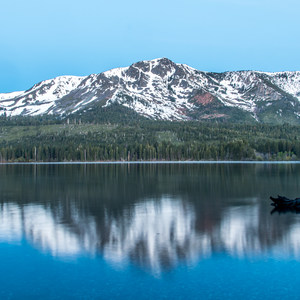
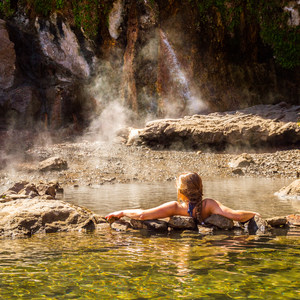
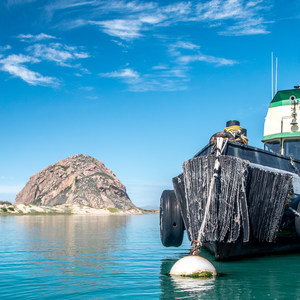
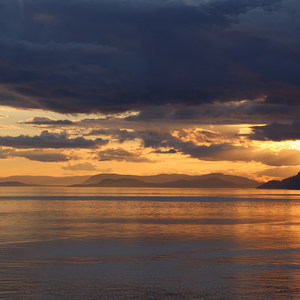
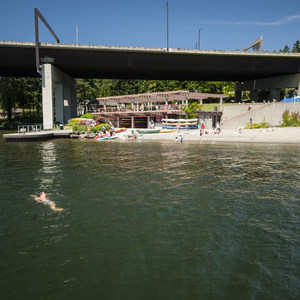

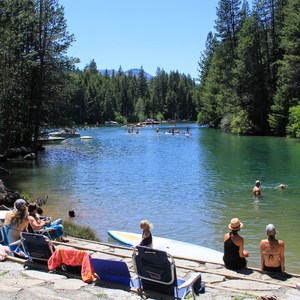
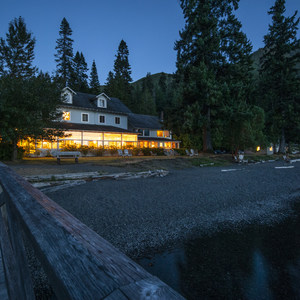
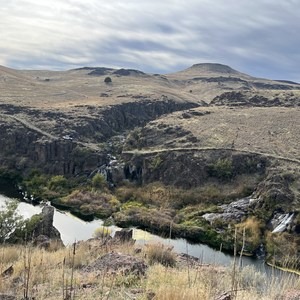


Comments
Sign In and share them.